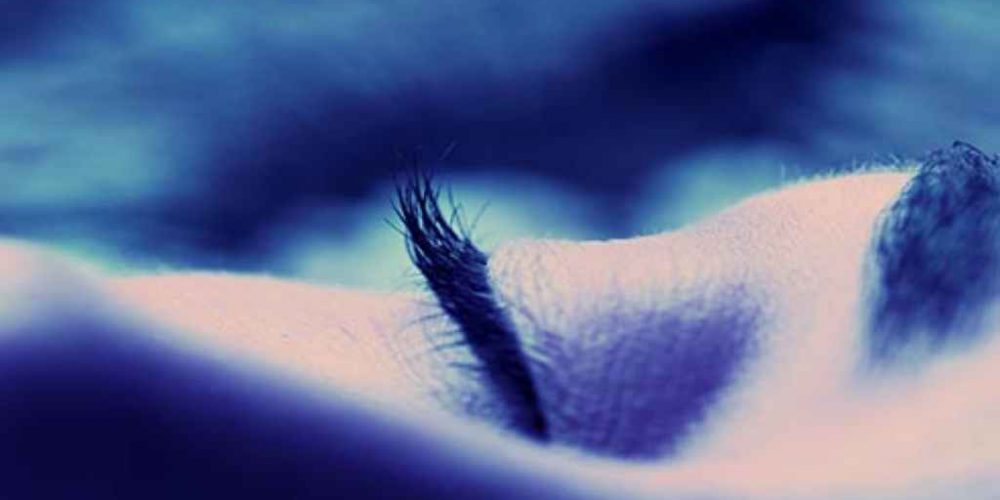Andy Warhol: immune to the fickle winds of fame

Andy Warhol, the great American conceptual artist, was born 90 years ago.
Known for the multimedia works exploring popular iconography that poured out of his New York City studio, The Factory, between the 1960s and 1980s, Warhol thought deeply about the nature of cultural legacy and the qualities that might make the commonplace and everyday endure beyond their natural shelf life to become a part of the fabric of our lives.
Pressing on from Marcel Duchamp, Warhol saw the stuff of art in everything, from commercial advertising to mundane household products and press photographs of the rich and famous, in many cases capturing the essence of his subject and trapping it in time.
But alongside his famous Campbell’s Soup Cans (1962), prints of Marilyn Monroe and Elvis Presley, and patronage of The Velvet Underground, Warhol is probably best remembered for a quote that uncannily predicted the ever-evolving 21st century media landscape: “In the future, everyone will be world-famous for 15 minutes.”
Predating the age of reality TV and social media by several decades, the artist foresaw the future need for a production line of instant, throwaway celebrities whose lives and talent (or lack thereof) could be savoured, devoured and digested before public interest moved on in search of the latest novelty. Stardom as short-lived and disposable as cheap seasonal fashion.
Warhol was well acquainted with tabloids and the paparazzi, and instinctively understood the media’s ravenous appetite for the new, and that advances in communications technology would further ramp up demand, a process not fully realised until the advent of the internet.
His 11 word proclamation first appeared in the programme for an exhibition of his work at the Moderna Museet in Stockholm, Sweden, in 1968 – but it effectively predicted the online world of viral memes and professional Instagrammers we are so absorbed in 50 years later.
Shows like Pop Idol, The X Factor, Britain’s Got Talent and The Voice all emerged in Big Brother’s wake, offering an even more literal rendering of Warhol’s prophesy by inviting members of the public to walk in off the street and audition before the judges for a chance at stardom. ITV’s Love Island is only the latest to offer its participants their 15 minutes.
Simultaneously, viral videos on YouTube, Facebook and Twitter have made stars of people with no prior profile, broadcasting to the world with the aid of a webcam or smartphone without having to win favour from the old media gatekeepers.
Josh Tyrangiel of Time observed in 2006 that Warhol himself was a self-created phenomenon but saw something toxic in the democratic process he was forecasting. Tyrangiel proposed a contemporary update: “On the web, everyone is famous to 15 people.”
Great actors, musicians and artists are of course still discovered through the traditional channels, and many prove themselves to be a creative force with enough juice to outlast the brutal quarter-hour deadline the sage prescribed.
Whether Warhol can really even be credited with the famous remark is open to question.
Variations on the sentiment have since been claimed by curator Pontus Hulten – who masterminded the Stockholm exhibition – as well as Factory photographer Nat Finkelstein and the painter Larry Rivers, an associate of Warhol’s from the Chelsea Hotel era.
Andy Warhol and his work stay among, perhaps, the most durable and timeless of many artists, apparently immune to the fickle winds of fame that have eaten away at the careers of so many.



































